Top 10 Things to Do in the Garden in September
We all like our gardens to look lovely in summer. So start your prep in spring so you can sit back and enjoy it when the heat is on
As the spring weather unfolds our gardens gradually come back to life. And a good action plan will allow you to maximise all the lovely new growth that’s happening in the garden. September is a good time to feed lawns and plants, trim shrubs, divide perennials, re-pot container plants, clean out ponds and plant flower seedlings.
2. Plant gladiolus and dahlia
Both flowers need a sunny position as well as shelter from strong winds. Soil should be well-drained with an open, friable structure.
Add plenty of well-rotted organic matter to soil before you plant. Position gladioli corms 10cm deep and 20cm apart. Just before buds appear it’s a good idea to stake gladioli so wind doesn’t damage the tall flowers.
Both flowers need a sunny position as well as shelter from strong winds. Soil should be well-drained with an open, friable structure.
Add plenty of well-rotted organic matter to soil before you plant. Position gladioli corms 10cm deep and 20cm apart. Just before buds appear it’s a good idea to stake gladioli so wind doesn’t damage the tall flowers.
3. Prune flowering shrubs
Trim late winter flowering plants such as camellia, flowering quince (Chaenomeles), Michelia and magnolia when they have finished blooming. Trim off crossing or diseased branches and lightly shape plants.
Trim late winter flowering plants such as camellia, flowering quince (Chaenomeles), Michelia and magnolia when they have finished blooming. Trim off crossing or diseased branches and lightly shape plants.
4. Gather self-sown seedlings
Many plants such as aquilegia, alyssum, Dietes, foxglove, hellebore (shown here) and other perennials drop seedlings that pop up in the garden in spring. Allow them to put on a few sets of leaves, then move into places where you’d prefer them to grow. Groups of each of these types of flowers planted en masse look more interesting because they allows you to appreciate their flowers and foliage better.
Many plants such as aquilegia, alyssum, Dietes, foxglove, hellebore (shown here) and other perennials drop seedlings that pop up in the garden in spring. Allow them to put on a few sets of leaves, then move into places where you’d prefer them to grow. Groups of each of these types of flowers planted en masse look more interesting because they allows you to appreciate their flowers and foliage better.
5. Clean out ponds
Spring is a good time to give ponds a tidy up so the water is crystal clear throughout summer. Scoop out dead leaves and decaying plant matter which has built up over winter. This will turn the water toxic if left in the pond during the warmer months. Also, divide up waterlily clumps that have become too large and replant into baskets with new aquatic compost.
To have a balanced ecosystem ponds need a mix of oxygenating, floating and marginal plants. But take care not to over plant.
Spring is a good time to give ponds a tidy up so the water is crystal clear throughout summer. Scoop out dead leaves and decaying plant matter which has built up over winter. This will turn the water toxic if left in the pond during the warmer months. Also, divide up waterlily clumps that have become too large and replant into baskets with new aquatic compost.
To have a balanced ecosystem ponds need a mix of oxygenating, floating and marginal plants. But take care not to over plant.
6. Re-pot container plants
The golden rule of gardening is proper soil preparation. There is less soil in pots, so this rule is even more crucial. Unless the potting mix quality is good the plants will not thrive.
The mix needs to be changed every year or two and spring is an ideal time to do this. Ready-made potting mixes contain materials, such as pumice, to aid drainage as well as soil that is not too heavy and easily waterlogged. They also include a good balance of nutrients, and often water-retaining crystals so the mix won’t dry out too quickly.
Avoid using garden soil in pots as this is usually too heavy (it doesn’t drain well) and can harbour pests, diseases and weed seeds.
Always use good-quality potting mix and wear protective masks and gloves when using it to avoid inhaling airborne particles.
The golden rule of gardening is proper soil preparation. There is less soil in pots, so this rule is even more crucial. Unless the potting mix quality is good the plants will not thrive.
The mix needs to be changed every year or two and spring is an ideal time to do this. Ready-made potting mixes contain materials, such as pumice, to aid drainage as well as soil that is not too heavy and easily waterlogged. They also include a good balance of nutrients, and often water-retaining crystals so the mix won’t dry out too quickly.
Avoid using garden soil in pots as this is usually too heavy (it doesn’t drain well) and can harbour pests, diseases and weed seeds.
Always use good-quality potting mix and wear protective masks and gloves when using it to avoid inhaling airborne particles.
7. Take frangipani cuttings
Now is a good time to take hardwood cuttings of frangipani. Cut pieces of stem about 50cm long and leave them somewhere dry outside for about a week. Once the cut end forms a ‘callus’ pop it into a mix of sand and potting compost and place in a warm, sheltered spot. Keep the mix barely moist until roots have formed.
Now is a good time to take hardwood cuttings of frangipani. Cut pieces of stem about 50cm long and leave them somewhere dry outside for about a week. Once the cut end forms a ‘callus’ pop it into a mix of sand and potting compost and place in a warm, sheltered spot. Keep the mix barely moist until roots have formed.
8. Propagate bromeliad
Easy-care bromeliads are great for mass planting in sheltered parts of the garden under trees or in warm, semi-shaded corners.
Rather than buying lots of new bromeliads propagate your own by cutting pups (side shoots) off the base of parent plants from friend’s gardens and placing them in a coarse potting mix. Feed occasionally with a diluted organic liquid fertiliser (such as seaweed) and mist with water during hot water. Keep their central urns topped up with water also.
Easy-care bromeliads are great for mass planting in sheltered parts of the garden under trees or in warm, semi-shaded corners.
Rather than buying lots of new bromeliads propagate your own by cutting pups (side shoots) off the base of parent plants from friend’s gardens and placing them in a coarse potting mix. Feed occasionally with a diluted organic liquid fertiliser (such as seaweed) and mist with water during hot water. Keep their central urns topped up with water also.
9. Divide perennials
When clumps of foxglove, delphinium and other herbaceous perennials become too large they need to be split up to rejuvenate the plants and increase flowering. Divide clumps into as many sections as you can, each with a good amount of roots and new shoots, discarding the older centre. This will give you new plants to spread around your garden or give to friends.
When clumps of foxglove, delphinium and other herbaceous perennials become too large they need to be split up to rejuvenate the plants and increase flowering. Divide clumps into as many sections as you can, each with a good amount of roots and new shoots, discarding the older centre. This will give you new plants to spread around your garden or give to friends.
10. Feed bearded iris
For plenty of blooms in late spring or early summer, feed irises with a low-nitrogen complete fertiliser. Avoid animal manure with these perennials as it can rot their rhizomes.
More
Find a landscape designer on Houzz
For plenty of blooms in late spring or early summer, feed irises with a low-nitrogen complete fertiliser. Avoid animal manure with these perennials as it can rot their rhizomes.
More
Find a landscape designer on Houzz






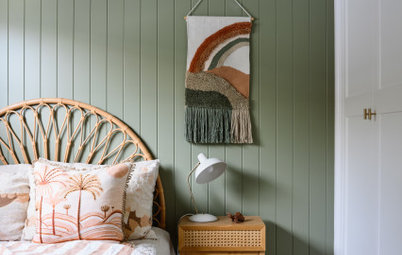
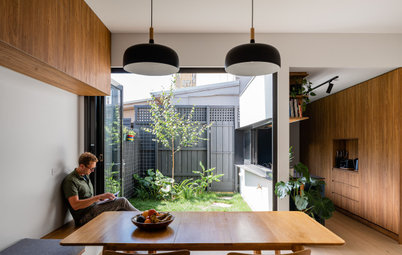



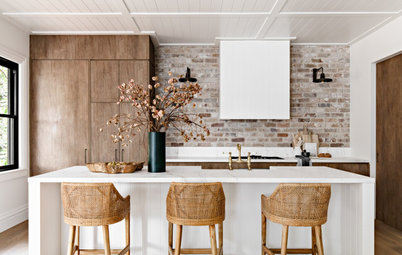
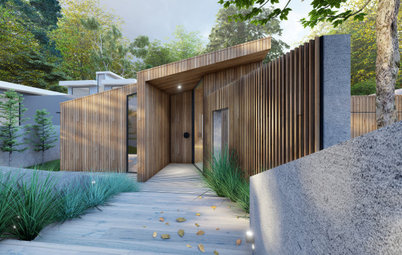

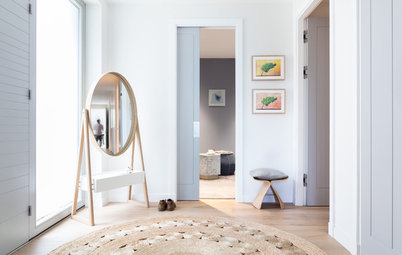
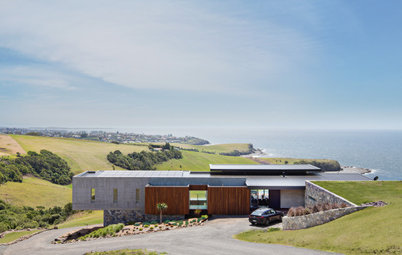

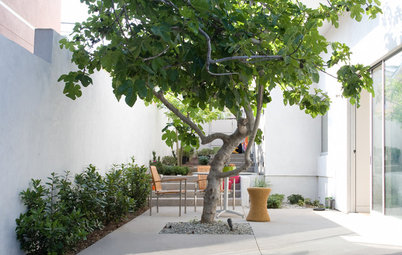
To keep grass growth strong throughout summer, feed lawns now with either a special slow-release lawn mix high in nitrogen or an organic seaweed-based liquid fertiliser.
If drainage has been bad over winter, especially if your lawn is on clay soil, improve it by using a pitchfork to make holes and work coarse sand into them. Use the same method to add well-rotted compost to light, sandy soils that don’t hold nutrients very well.